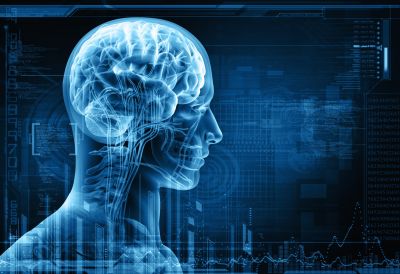Alterations in
neurometabolic function are detected in many neurological disorders such
as depression, Alzheimer's disease and schizophrenia. The EU-funded
'Quantifying control of brain energy supply by the
neuron-glia-vasculature unit' (BRAINENERGYCONTROL) project investigated
the relationship between information flow in neuronal circuits and the
trafficking of metabolites between neurons and glial cells. To achieve
their objectives, scientists used a combination of mathematical
modelling and in vitro imaging experiments.
One important project discovery demonstrated that efficient
transmission of information at a synapse in the presence of noise
requires a low release probability at synapses. It is the optimal
solution to maximise information transmitted per metabolic cost. This
provides an explanation for the previously poorly understood fact that
synapses are unreliable, often releasing neurotransmitters in only 25 %
of the times that a presynaptic action potential arrives.
Similarly, experiments in rat lateral geniculate nucleus relay cells
showed that the amplitude of postsynaptic currents is set to maximise
the ratio of information transmitted in relation to postsynaptic energy
consumption. These results suggest the existence of homeostatic
mechanisms that regulate both energy consumption and information
transfer at synapses.
The project’s results extend our understanding of brain energy use
by examining adenosine triphosphate (ATP) consumption in non-signalling
tasks in the brain which could consume up to 50 % of the brain's ATP.
Researchers found that most of this non-signalling energy use is
expended on turnover of the actin and microtubule cytoskeleton.
In conclusion, BRAINENERGYCONTROL presented a model of metabolic
interactions of the neuron-glia-vasculature ensemble. This model
provides a template for large-scale simulations of this ensemble and for
the first time integrates the respective timescales at which energy
metabolism and neuronal excitability occur.
 EN
EN  CS
CS DE
DE ES
ES FR
FR HU
HU IT
IT PL
PL PT
PT РУ
РУ SK
SK TR
TR УК
УК AR
AR 中文
中文







